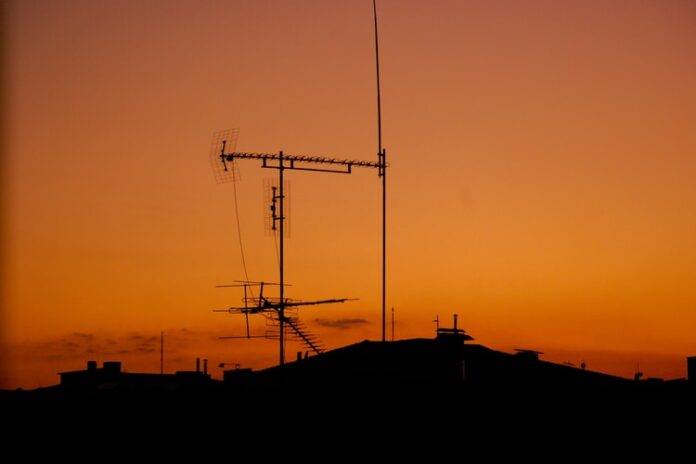
These days, switching to aerial TV is one of the smartest decisions you can make when it comes to watching content on your television. Using the services of cable companies isn’t optimal anymore. Their offers can be expensive, they provide worse quality, and their choice of content is not what it used to be. This is why I believe you should either switch to antennas or two online media streaming platforms. The choice is yours, but aerial TV is slightly better because it can be cheaper and might offer more content.
However, getting the best possible quality and more content with an antenna is not so simple. There are several different factors that will determine the quality of your TV watching experience. But, you don’t have to worry about that too much. Most of the time, it does not really matter where you set up your antenna because there is an abundance of broadcasting towers these days.
Although, if you’re one of the few unlucky ones where you do not have a broadcasting tower near your location, there are some things you can do to get better reception. To help you, we are going to tell you about how to find the best position for your TV antenna and some other things you could do to boost the signal.
Finding the right location
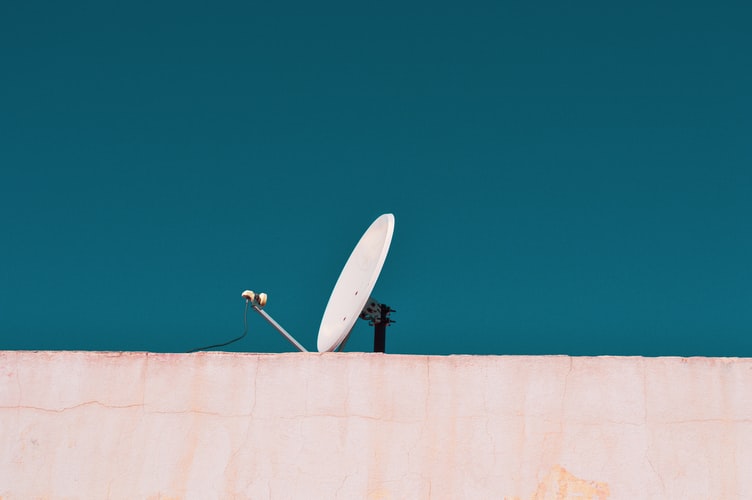
One of the most important things you have to consider when it comes to aerial TV is the placement of the antenna. The first rule for getting the best possible signal through a receiver is that it needs to be as high as possible. The highest point in your home is the roof and is usually the perfect spot for these devices.
However, not every antenna is the same. We can differentiate between two different types. One can be installed indoors and the other type can only be installed outdoors. So, depending on which type you have, the first location will be different.
Assuming that you have an indoor antenna, it is best to either attach it to the closest window or to put it at a wall that faces the nearest broadcasting tower. Of course, to find out where that broadcasting tower is, you will need to do a bit of research online.
If you’re working with an outdoor one, it doesn’t really matter where you are going to place it on the roof, just make sure that its signal is not blocked by any kind of material. Metal constructions, fences, and other objects might interfere with the reception.
Point it in the right direction
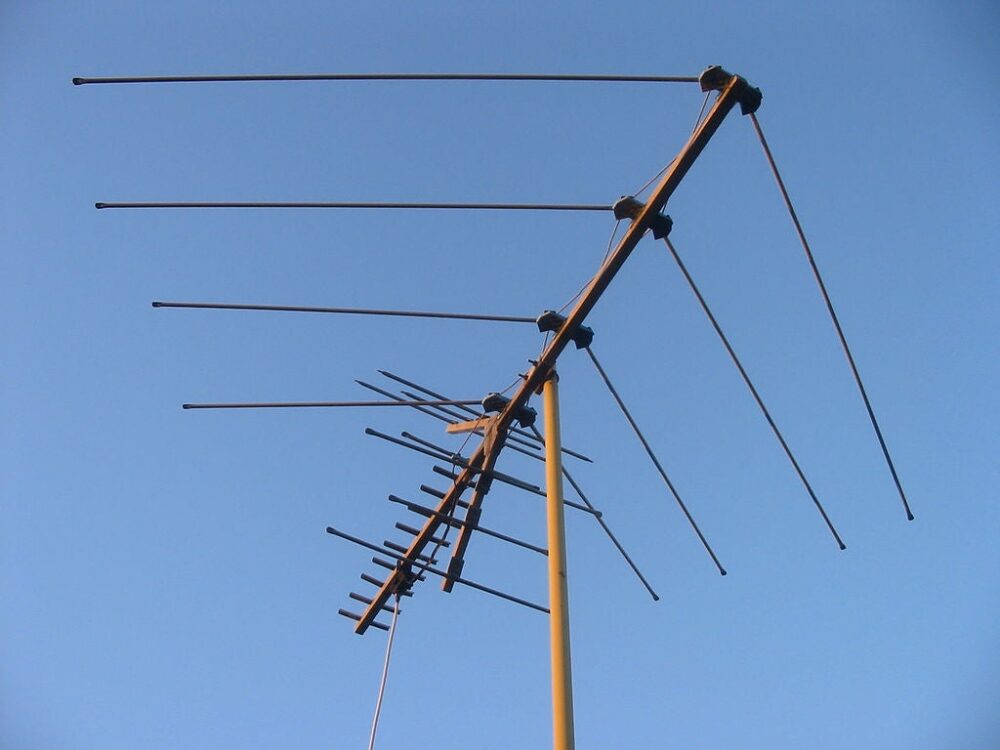
According to tvaerialinstaller, this is another very important factor that you will have to consider when setting up your device to intercept a broadcasting signal. This is especially true when the nearest broadcasting tower is several miles away. The further it is, the more accurate you have to be with the placement of the aerial.
So, like I already mentioned, before you do anything, you will have to do a bit of research online to find the nearest broadcasting tower based on your location. Don’t worry, this process is quite simple because there are several different websites you can find on Google that will help you with your research.
Once you’re done with your research, and you do know where the tower is located, you should ensure that your indoor aerial is pointed directly in that location. It is enough to just put it on a wall that faces that direction because you can’t exactly fine-tune indoor aerials.
However, when it comes to outdoor antennas, you will have to be a bit more specific if you want to get the best possible signal to your TV. The easiest way to ensure that it is pointing in the right direction is by having someone else watching the signal shown on the TV or on the device that transfers the signal to the TV. Through enough trial and error, you will be able to find that perfect position that will provide the best possible connection.
If you do not feel comfortable getting up on your roof in installing the antenna by yourself, you could learn more about how professionals can ease this entire process and how they will fine-tune your equipment.
Prevent interference
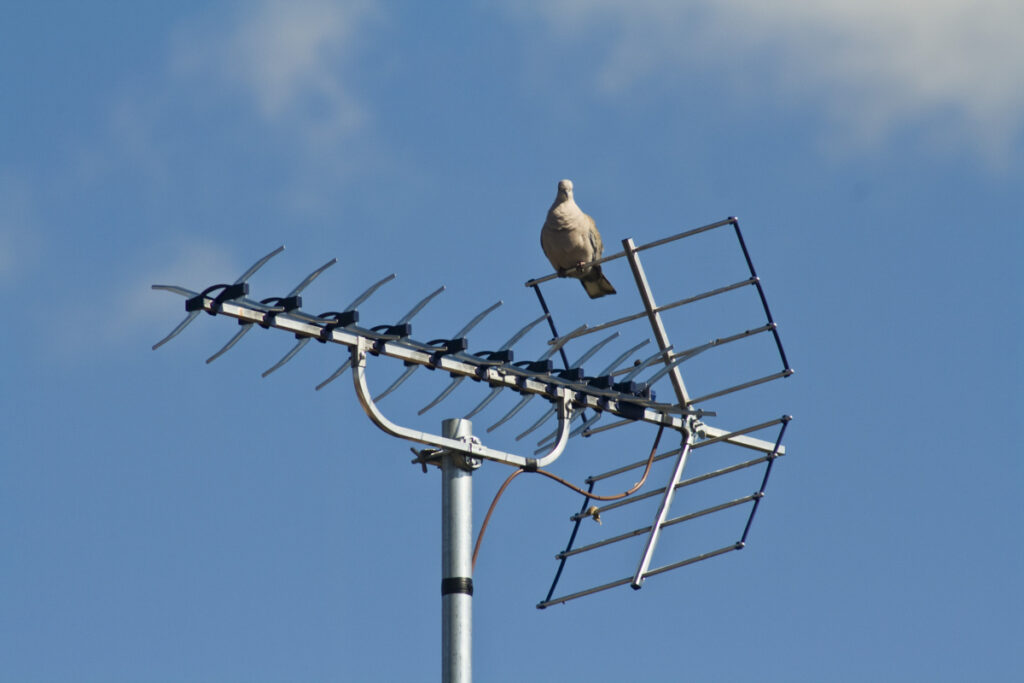
One of the biggest mistakes people make when it comes to aerial TV is that they place the antenna in a good location, pointed in the right direction, but forget about possible interferences. If you feel like whatever you do, you still get a bad signal to your TV, there might be some metal objects that are interfering with the signal between your device and the broadcasting tower.
This is why it is so important to choose a position that will be high and above any other object. If, for example, you have tall metal fences, they can easily interfere with the signal.
Try different positions

Assuming that you have gone through all of the trouble of finding the perfect spot and pointing the antenna in the right direction and you still failed to get a good signal, your next step should be to randomly try different positions. It might not seem like the smartest idea, but it can work sometimes. Try one side of the roof and then try the other side of the roof. Try different corners of your home or try placing it as high as possible.
By doing this, I’m sure that you will able to a position that will at least provide a reasonably good signal to your TV.
Buy a new antenna
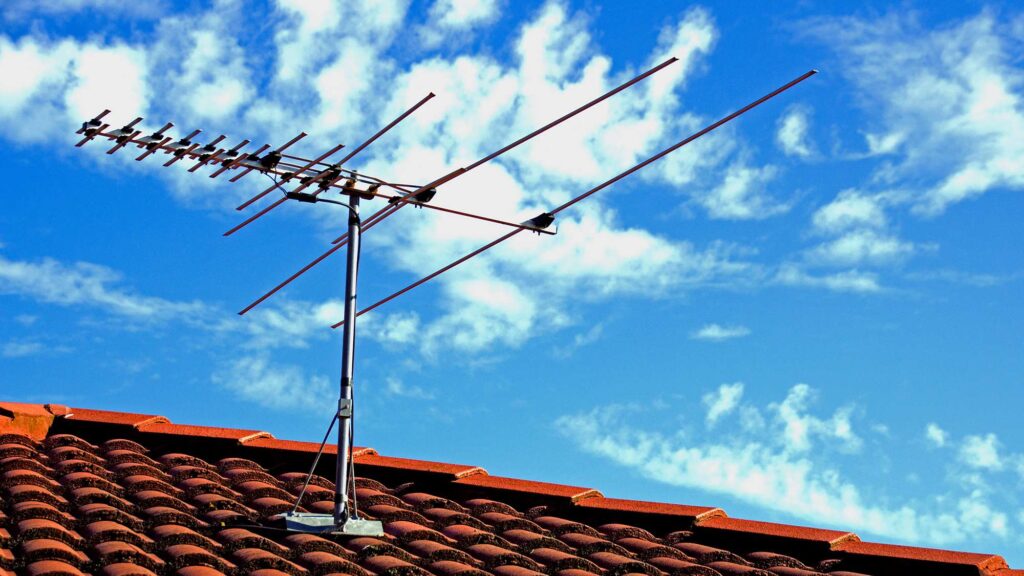
If you still cannot get a good result even after doing all of these things then it might not be a problem with the position or your ability to find the right position, your antenna might just not be good enough to intercept the signal of a faraway broadcasting tower.
By going through all of the steps I mentioned in this article, I am sure that you will be able to fine-tune your antenna to provide you with the best image quality possible.








